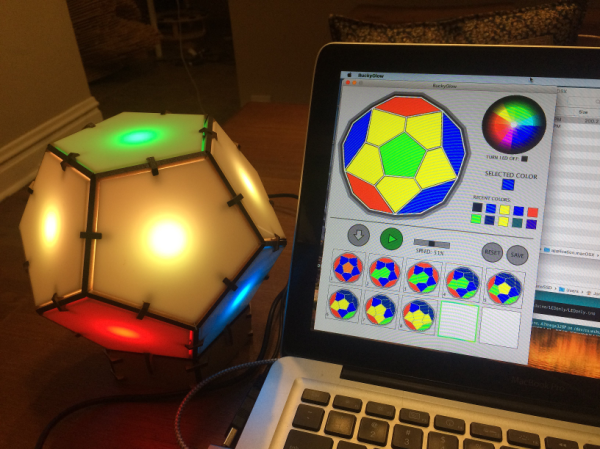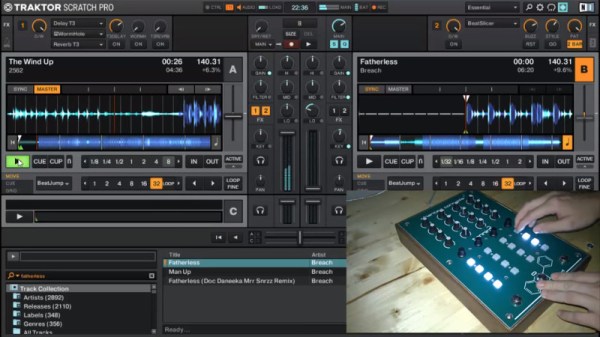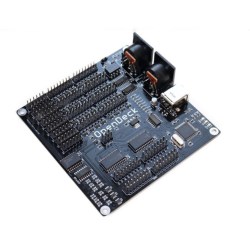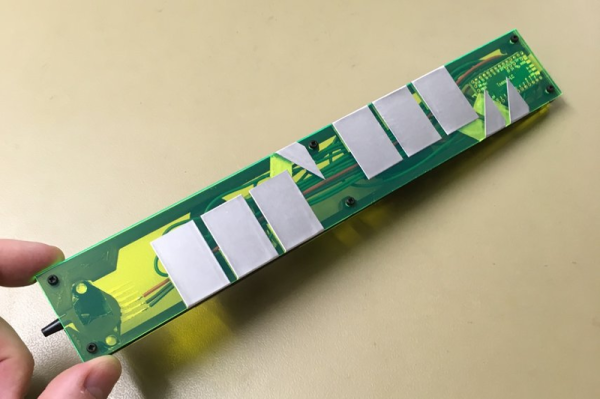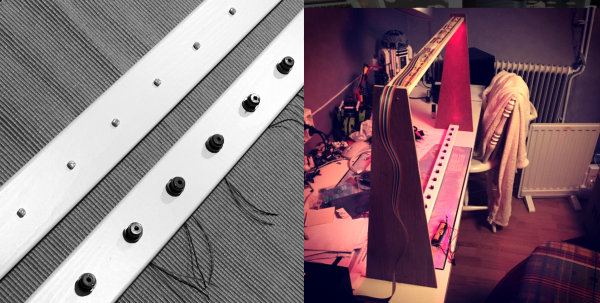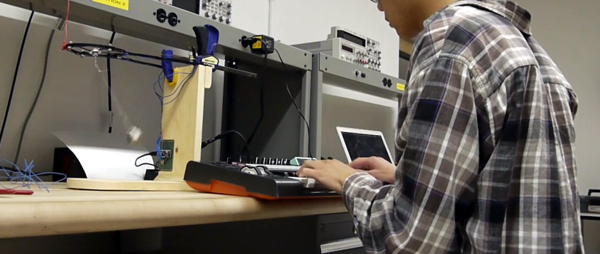About a year ago, [Jonathan Bumstead] built a giant, touch-sensitive, interactive RGB LED geodesic dome that somehow escaped our attention entirely. For this year’s Hackaday Prize, he’s designed a smaller version that’s just as awesome, but a lot faster and easier to build.
The Bucky Glow is great way for hackers of all ages to expand their coding and problem solving skills. This interactive dodecahedron consists of 11 RGB LEDs and a Nano inside 12-sided laser-cut MDF sculpture. The breakout header means you’re free to add interactive bits like a DIY capacitive touch keyboard, IR sensor/emitter pairs, motors, or whatever you want.
When it’s time to relax, Bucky Glow puts on a light show. It comes ready to party without any programming necessary, but if you wanna put on some Pink Floyd and get your hands dirty, [Jonathan]’s custom Processing app makes it easy to program complex light shows.
[Jonathan] is currently working on some different Bucky Glow dissemination methods, such as a kit version. For now, you can buy a fully assembled Bucky Glow through the One Bit Kit store. Interact with the break to try it before you buy it.
Continue reading “Bucky Glow: Have A Ball While You Practice Coding”

